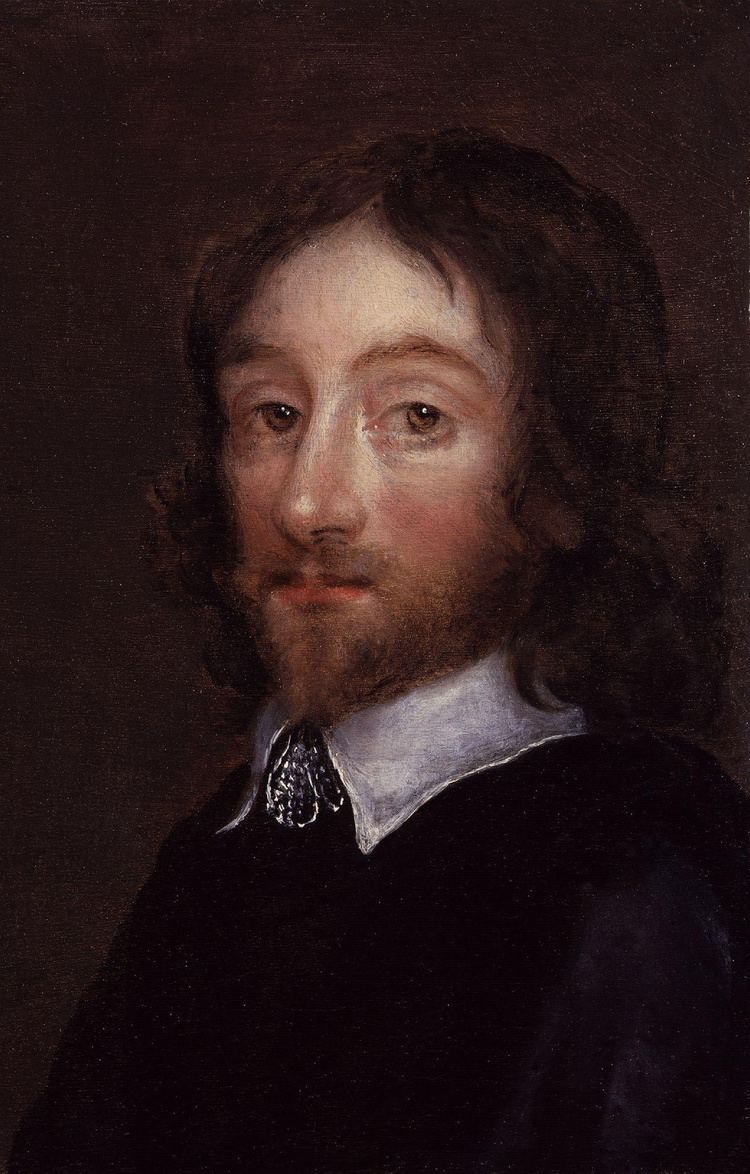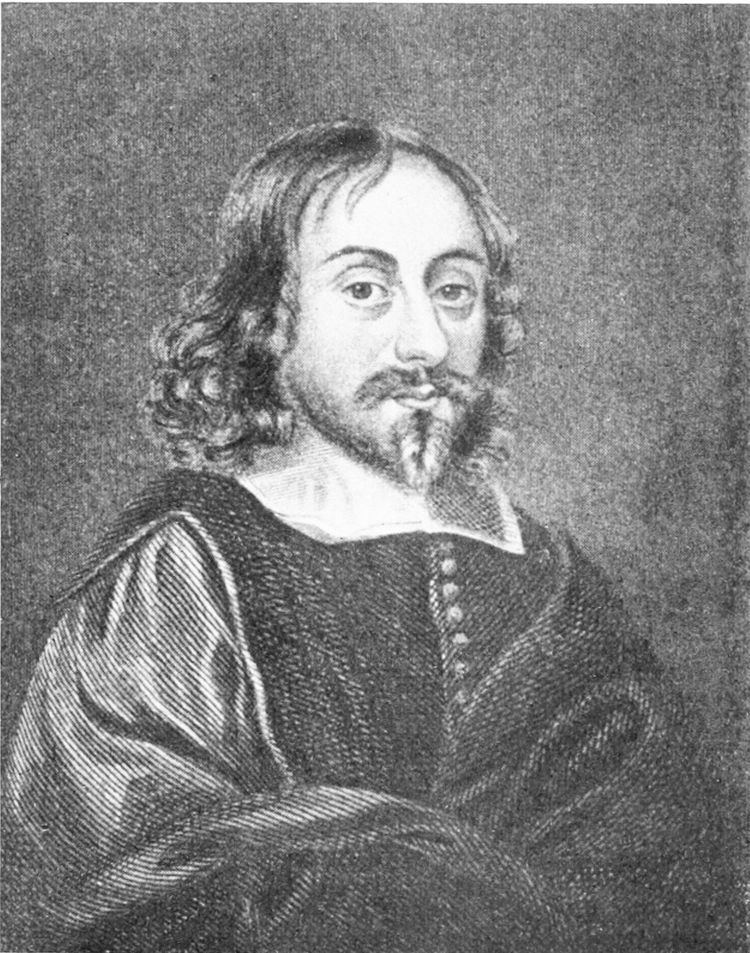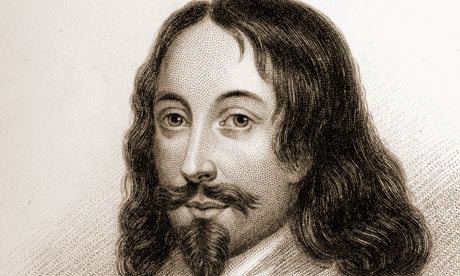Nationality English Grandchildren Thomas Browne Children Edward Browne | Role Author Name Thomas Browne | |
 | ||
Known for Influenced Samuel Johnson, Charles Lamb, Samuel Taylor Coleridge, Thomas De Quincey, Herman Melville, William Osler, Jorge Luis Borges, W. G. Sebald Books Religio Medici, Hydriotaphia - Urn Burial, Pseudodoxia Epidemica, The Garden of Cyrus, Christian Morals Similar People W G Sebald, Samuel Johnson, Geoffrey Keynes, William Osler, Francis Bacon | ||
Historic norwich the brain of sir thomas browne
Sir Thomas Browne (; 19 October 1605 – 19 October 1682) was an English polymath and author of varied works which reveal his wide learning in diverse fields including science and medicine, religion and the esoteric. Browne's writings display a deep curiosity towards the natural world, influenced by the scientific revolution of Baconian enquiry. Browne's literary works are permeated by references to Classical and Biblical sources as well as the idiosyncrasies of his own personality. Although often described as suffused with melancholia, his writings are also characterised by wit and subtle humour, while his literary style is varied, according to genre, resulting in a rich, unique prose which ranges from rough notebook observations to polished Baroque eloquence.
Contents
- Historic norwich the brain of sir thomas browne
- Thomas browne 1992 2011
- Early life
- Literary works
- Later life and knighthood
- Death and aftermath
- Autobiography
- Literary influence
- Portraits and influence in the visual arts
- References

Thomas browne 1992 2011
Early life

The son of a silk merchant from Upton, Cheshire, he was born in the parish of St Michael, Cheapside, in London on 19 October 1605. His father died while he was still young and he was sent to school at Winchester College. In 1623 Browne went to Oxford University. He graduated from Pembroke College, Oxford in 1626, after which he studied medicine at Padua and Montpellier universities, completing his studies at Leiden, where he received a medical degree in 1633. He settled in Norwich in 1637 and practiced medicine there until his death in 1682.
Literary works

Browne's first literary work was Religio Medici (The Religion of a Physician). This work was circulated as a manuscript among his friends. It surprised him when an unauthorised edition appeared in 1642, since the work included several unorthodox religious speculations. An authorised text appeared in 1643, with some of the more controversial views removed. The expurgation did not end the controversy: in 1645, Alexander Ross attacked Religio Medici in his Medicus Medicatus (The Doctor, Doctored) and, in common with much Protestant literature, the book was placed upon the Papal Index Librorum Prohibitorum in the same year.

In 1646, Browne published his encyclopaedia, Pseudodoxia Epidemica, or, Enquiries into Very many Received Tenets, and commonly Presumed Truths, whose title refers to the prevalence of false beliefs and "vulgar errors". A sceptical work that debunks a number of legends circulating at the time in a methodical and witty manner, it displays the Baconian side of Browne—the side that was unafraid of what at the time was still called "the new learning". The book is significant in the history of science because it promoted an awareness of up-to-date scientific journalism.
Browne's last publication during his lifetime were two philosophical Discourses which are closely related to each other in concept. The first, Hydriotaphia, Urn Burial, or a Brief Discourse of the Sepulchral Urns lately found in Norfolk (1658) inspired by the discovery of some Bronze Age burials in earthenware vessels found in Norfolk, resulted in a literary meditation upon death, the funerary customs of the world and the ephemerality of fame. The other discourse in the diptych is antithetical in style, subject-matter and imagery. The Garden of Cyrus, or The Quincuncial Lozenge, or Network Plantations of the Ancients, Artificially, Naturally, and Mystically Considered (1658) features the quincunx which is used by Browne to demonstrate evidence of the Platonic forms in art and nature.
Later life and knighthood
In Religio Medici, Browne confirmed his belief, in accordance with the vast majority of seventeenth century European society, in the existence of angels and witchcraft. He attended the 1662 Bury St. Edmunds witch trial, where his citation of a similar trial in Denmark may have influenced the jury's minds of the guilt of two accused women, who were subsequently executed for the crime of witchcraft.
In 1671 King Charles II, accompanied by the Court, visited Norwich. The courtier John Evelyn, who had occasionally corresponded with Browne, took good use of the royal visit to call upon "the learned doctor" of European fame and wrote of his visit, "His whole house and garden is a paradise and Cabinet of rarities and that of the best collection, amongst Medails, books, Plants, natural things".
During his visit, Charles visited Browne's home. A banquet was held in the Civic Hall St. Andrews for the Royal visit. Obliged to honour a notable local, the name of the Mayor of Norwich was proposed to the King for knighthood. The Mayor, however, declined the honour and proposed Browne's name instead.
Death and aftermath
Sir Thomas Browne died on his 77th birthday, 19 October 1682. His Library was held in the care of his eldest son Edward until 1708. The auction of Browne and his son Edward's libraries in January 1711 was attended by Hans Sloane. Editions from Sir Thomas Browne's Library subsequently became included in the founding collection of the British Library.
His skull became the subject of local dispute when it was removed from his lead coffin when accidentally re-opened by workmen in 1840. It was not re-interred until 4 July 1922 when it was registered in the church of Saint Peter Mancroft as aged 317 years. Browne's coffin-plate, which was stolen the same time as his skull, was also eventually recovered, broken into two halves, one of which is on display at St. Peter Mancroft. Alluding to the commonplace opus of alchemy it reads, Amplissimus Vir Dns. Thomas Browne, Miles, Medicinae Dr., Annos Natus 77 Denatus 19 Die mensis Octobris, Anno. Dni. 1682, hoc Loculo indormiens. Corporis Spagyrici pulvere plumbum in aurum Convertit. — translated from Latin as The esteemed Gentleman Thomas Browne, Knight, Doctor of Medicine, 77 years old, died on the 19th of October in the year of Our Lord 1682 and lies sleeping in this coffin. With the dust of the alchemical body he converts lead into gold. The origin of the invented word spagyrici are from the Greek of: Spao to tear open, + ageiro to collect, a signature neologism coined by Paracelsus to define his medicine-oriented alchemy; the origins of iatrochemistry, being first advanced by him. Browne's coffin-plate verse, along with the collected works of Paracelsus and several followers of the Swiss physician listed in his library, are evidence that although sometimes highly critical of Paracelsus, nevertheless, like the 'Luther of Medicine', he believed in palingenesis, physiognomy, alchemy, astrology and the kabbalah.
Autobiography
On 14 March 1673, Browne sent a short autobiography to the antiquarian John Aubrey, presumably for Aubrey's collection of Brief Lives, which provides an introduction to his life and writings.
...I was born in St Michael's Cheap in London, went to school at Winchester College, then went to Oxford, spent some years in foreign parts, was admitted to be a Socius Honorarius of the College of Physicians in London, Knighted September 1671, when the King Charles II, the Queen and Court came to Norwich. Writ Religio Medici in English, which was since translated into Latin, French, Italian, High and Low Dutch, Pseudodoxia Epidemica, or Enquiries into Common and Vulgar Errors translated into Dutch four or five years ago. Hydriotaphia, or Urn Buriall. Hortus Cyri, or de Quincunce. Have some miscellaneous tracts which may be published...(Letters 376)Literary works
Literary influence
Browne is widely considered one of the most original writers in the English language. The freshness and ingenuity of his mind invested everything he touched with interest; while on more important subjects his style, if frequently ornate and Latinate, often rises to the highest pitch of stately eloquence. His paradoxical place in the history of ideas, as equally, a devout Christian, a promoter of the new inductive science and adherent of ancient esoteric learning, have greatly contributed to his ambiguity in the history of ideas. For these reasons, one literary critic succinctly assessed him as "an instance of scientific reason lit up by mysticism in the Church of England". However, the complexity of Browne's labyrinthine thought processes, his highly stylized language, along with his many allusions to Biblical, Classical and contemporary learning, along with esoteric authors, are each contributing factors for why he remains obscure, little-read and thus, misunderstood.
Browne appears at No. 69 in the Oxford English Dictionary's list of top cited sources. He has 775 entries in the OED of first usage of a word, is quoted in a total of 4131 entries of first evidence of a word, and is quoted 1596 times as first evidence of a particular meaning of a word. Examples of his coinages, many of which are of a scientific or medical nature, include 'ambidextrous','antediluvian', 'analogous', 'approximate', 'ascetic', 'anomalous', 'carnivorous', 'coexistence' 'coma', 'compensate', 'computer', 'cryptography', 'cylindrical', 'disruption','ergotisms', 'electricity', 'exhaustion', 'ferocious', 'follicle', 'generator', 'gymnastic', 'hallucination','herbaceous', 'holocaust', 'insecurity', 'indigenous', 'jocularity', 'literary', 'locomotion', 'medical', 'migrant', 'mucous', 'prairie', 'prostate', 'polarity', 'precocious', 'pubescent', 'therapeutic', 'suicide', 'ulterior', 'ultimate' and 'veterinarian'.
The influence of his literary style spans four centuries.
"His style is, indeed, a tissue of many languages; a mixture of heterogeneous words, brought together from distant regions, with terms originally appropriated to one art, and drawn by violence into the service of another. He must, however, be confessed to have augmented our philosophical diction; and, in defence of his uncommon words and expressions, we must consider, that he had uncommon sentiments, and was not content to express, in many words, that idea for which any language could supply a single term".
In the 20th century those who have admired the English man of letters include:
I am merely a word for Chesterton, for Kafka, and Sir Thomas Browne — I love him. I translated him into 17th century Spanish and it worked very well. We took a chapter out of Urne Buriall and we did that into Quevedo's Spanish and it went very well.
Portraits and influence in the visual arts
The National Portrait Gallery in London has a fine contemporary portrait by Joan Carlile of Sir Thomas Browne and his wife Dorothy, Lady Browne (née Mileham).
More recent sculptural portraits include Henry Alfred Pegram's statue of Sir Thomas contemplating with urn in Norwich. This statue occupies the central position in the Haymarket beside St. Peter Mancroft, not far from the site of his house. It was erected in 1905 and moved from its original position in 1973.
In 1931 the English painter Paul Nash was invited to illustrate a book of his own choice, Nash choose Sir Thomas Browne's Urn Burial and The Garden of Cyrus, providing the publisher with a set of 32 illustrations to accompany Browne's Discourses. The edition was published in 1932. A pencil drawing by Nash called "Urne Buriall: Teeth, Bones and Hair" is held by Birmingham Museums Trust.
In 2005 a small standing figure in silver and bronze, commissioned for the 400th anniversary of Browne's birth, was sculpted by Robert Mileham.
In 2016 the North Sea Magical Realists, the artists Peter Rodulfo and Mark Burrell elected Browne as an honorary 'Great-Grandfather' of the movement, both painting an item from Browne's Musaeum Clausum (from Rarities in Pictures section numbers 3 and 12).
